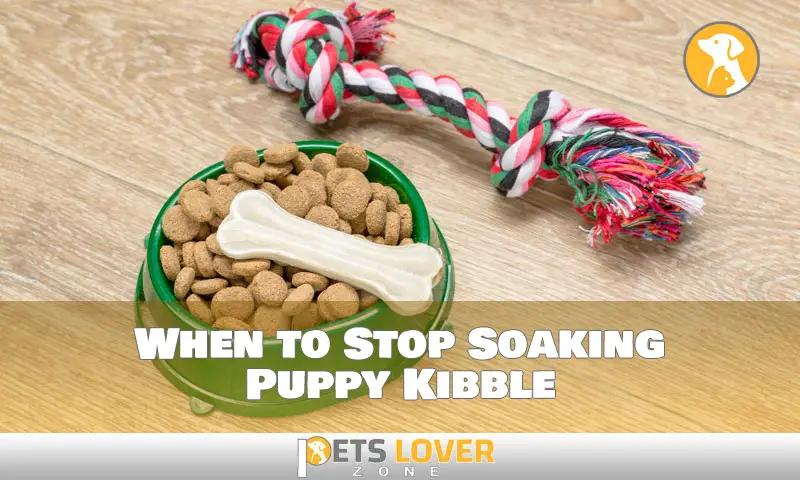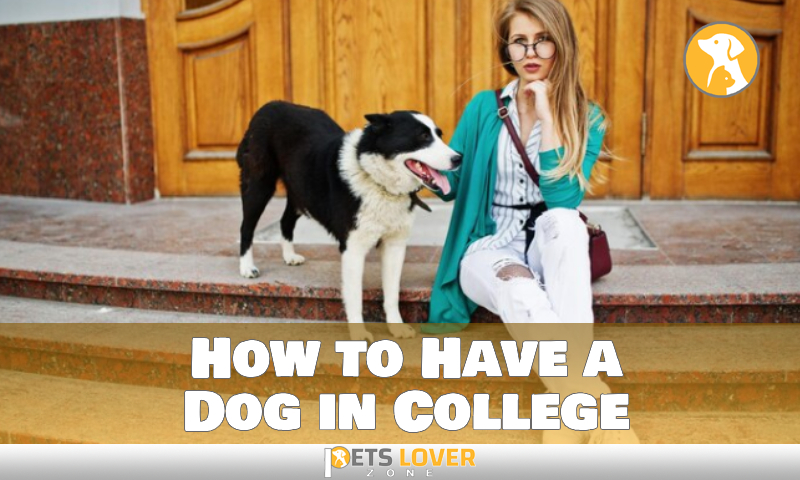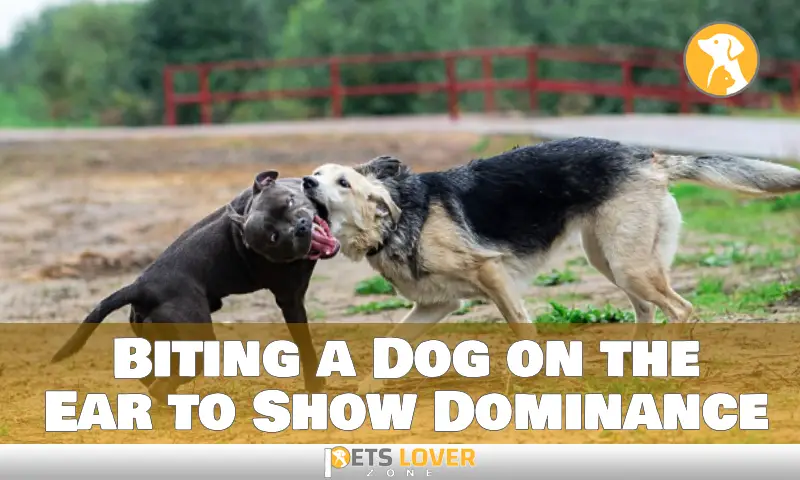If you are a new puppy owner, then you may have questions about how to best feed your pup. One question many pet parents have is when to stop soaking puppy kibble.
Soaking puppy food can be beneficial at certain stages of the pup’s life, such as when they are transitioning to solid food or if they are having difficulty chewing. But not all pups need to have their kibble soaked, and there are times when it’s best to avoid soaking the kibble altogether.
In this article, we’ll go over why puppy owners might want to soak their pup’s kibble, when to stop soaking, and the benefits of unsoaked kibble for puppies. We’ll also go over how to prepare unsoaked food for your dog so that they get the nutrition they need for good health. With our help, you can ensure that your dog is getting the best nutrition possible without having to worry about over-soaking their food.
What Is Meant by “Soaking” Puppy Kibble?
Soaking puppy kibble can help your puppy digest their food more easily. Kibble is processed, which makes it difficult for young puppies to break down and digest. Soaking the kibble for about 10 minutes softens and breaks down some of the starches, making it easier for your pup to digest and absorb the nutrition they require.
If you want to supplement your dog’s kibble with extra nutrition, you can add wet food or broth during the soaking process. This hydrates them while also increasing the nutrient content of their meal.
It’s important to note that if you choose to soak your pup’s kibble before feeding them, it should only be done just before they eat; if soaked too long, bacteria can begin to form on the kibble and potentially harm your pup’s health.
Reasons to Soak Puppy Kibble
There are several reasons why you should soak puppy kibble. Puppies, who have sensitive stomachs and are still developing their digestive systems, benefit from soaking it. It also helps to minimize wear and tear on their baby teeth and gums by making the food easier to chew, especially if the kibble is harder.
The soaked food’s hydrated state also makes it more appealing to puppies, improving their overall eating experience. Nothing beats a contented pup after a good meal!
Furthermore, because dry kibble is naturally dehydrating, pre-soaked puppy food can help improve hydration, which is especially important during the hot summer months when your pup needs extra hydration.
Ultimately, soaking puppy kibble not only makes it easier to digest, but it can also make eating time more enjoyable for your furry friend. Soaking is also a great way to ensure they get all the nutrition they need while growing and developing.
When Do You Stop Soaking Puppy Kibble?
So now that you know why soaking puppy kibble is such a good idea, the next question is when do you stop doing it?
When it comes to the optimal amount of soaking time for puppy kibble, it really depends on the individual needs of your pup. Generally speaking, puppies who are under 3 months of age should have their kibble soaked for 15-20 minutes. After 3 months, soaking times can be reduced to 10-15 minutes.
There are also some indicators you can look for to determine when your puppy’s kibble has been sufficiently soaked. If the kibble has been soaking for too long and has become soggy or swollen, it’s time to consider shortening the soak time. Similarly, if your dog has trouble chewing their food or leaves large chunks behind after eating, the food may require more time in the water.
Only trial and error will tell you how long to soak your pup’s kibble – but with a little patience and observation, you’ll soon figure out what works best.
Benefits of Not Soaking Kibble
When deciding when to stop soaking puppy kibble, it’s important to look at the potential benefits of not doing so. Depending on the age of your pup, these can include:
Improved Digestion
Puppies, whose digestive systems are still developing, can break down dry kibble better than soaked kibble. This means that nutrients in the food are more easily absorbed and metabolized.
Reduced Risk of Obstructions
When you soak kibble, the food expands as it absorbs liquid and can become a choking hazard or cause obstructions if pieces get stuck in the throat or stomach. Keeping kibble dry eliminates this risk.
Easier to Monitor Food Intake
Puppy owners whose puppies struggle with gaining weight may find it easier to monitor food intake when not soaking their pup’s kibble. The size of each piece helps owners keep track and make sure that pups are getting enough nourishment throughout the day.
Tips for Transitioning Away From Soaking
If you want to stop soaking your puppy’s food, a few simple changes to your routine can help you get there. It is critical to first ensure that your dog’s kibble is small enough for them to comfortably chew. If it is not crushed or ground into smaller pieces, it should be.
Next, gradually reduce the soak time, starting with five to ten minutes and gradually decreasing to two minutes or less. As you reduce the soak time, keep an eye on your pup’s reaction and adjust accordingly.
You may also want to introduce wet food to your pup’s diet. Use a combination of wet and dry food to help provide your pup with a balanced diet.
Finally, if you’re worried about your dog’s food intake or weight, see a veterinarian. They can give you important information and recommendations to help you safely transition away from soaking your dog’s kibble.
The Risks of Over-Soaking Kibble
When soaking your puppy’s kibble, always use lukewarm water and a pet-safe bowl. This is important not only to keep the temperature low, but also to prevent bacteria and mold from growing in your pup’s bowl. This is especially true if the water has been sitting in the bowl for more than two hours — bacteria can form in as little as 20 minutes, so keeping track of how long the water has been soaking is critical.
Additionally, try not to add any other ingredients to the water when you soak your pup’s kibble. This is because the additional ingredients can actually be unhealthy for your pup, and can add unwanted calories and fat to their diet.
Finally, make sure the food is evenly distributed throughout the bowl to ensure that your dog gets all of the nutrients it requires.
You can ensure that your pup has a healthy and nutritious diet that is free of choking hazards and other health risks by following these simple tips. So, the next time you’re wondering when to stop soaking puppy kibble, remember these tips — they could save you and your pup a lot of trouble in the long run!
People Also Like: How does a Normal Puppy Belly look Like as Your Expectation
Conclusion
So there you have it — all the answers to your questions about when to stop soaking puppy kibble. Remember, the key is to make sure that the food is soft enough for your puppy to enjoy, but not so soft that it will cause them to gain weight quickly. Soaking with warm water for a few minutes is enough to make the kibble easier for them to chew, and by obeying a few simple rules, you can rest assured that your pup will be getting the nourishment that it needs.





